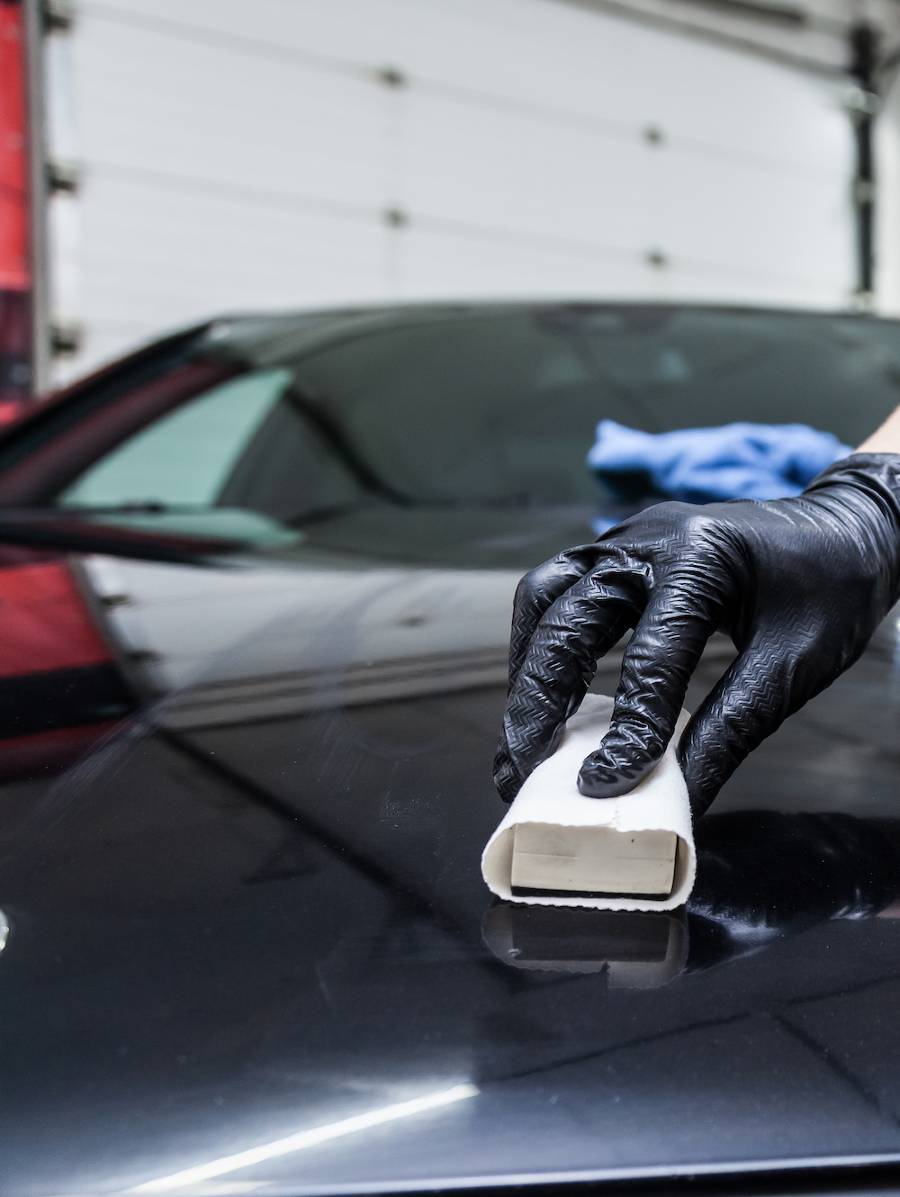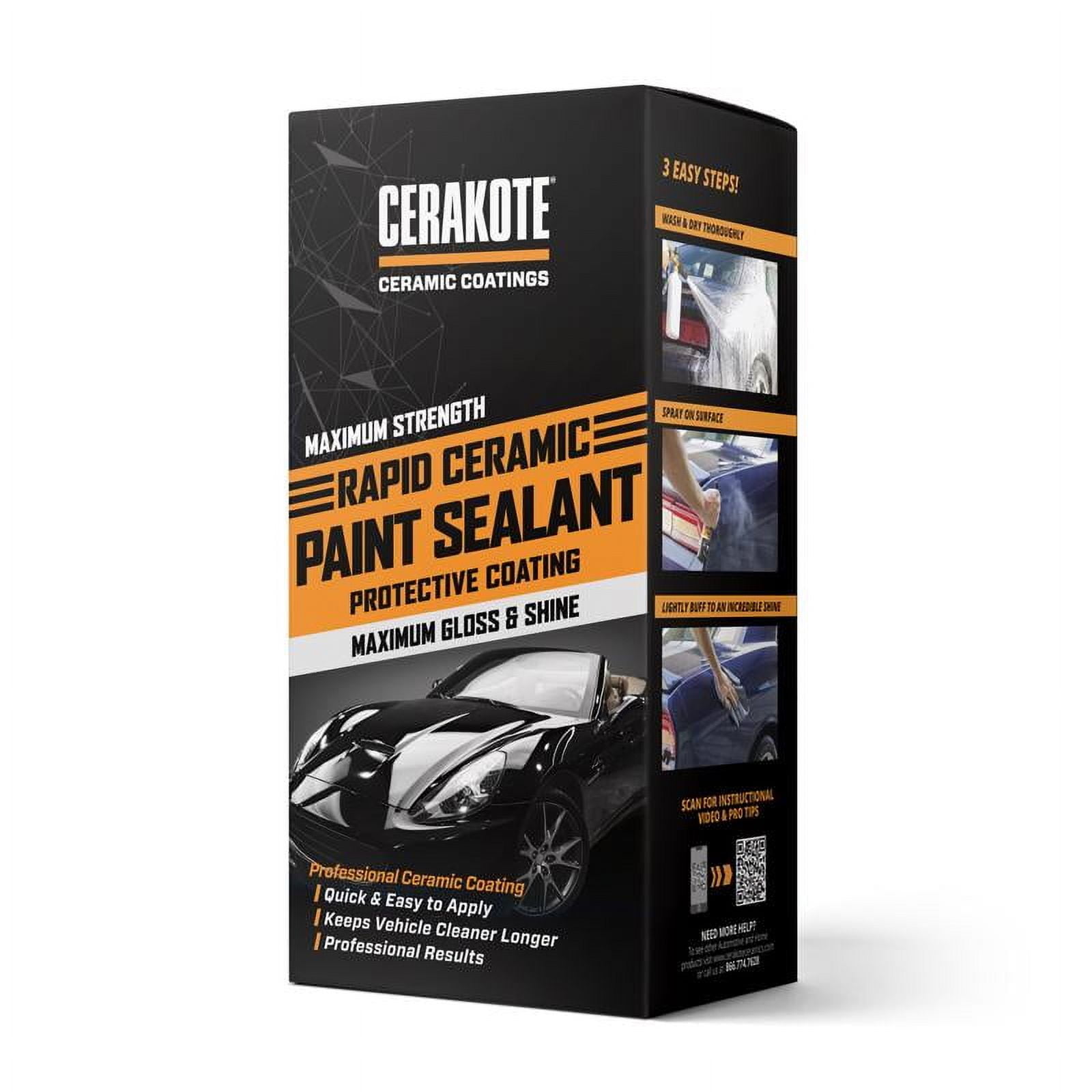The Long-Term Advantages of Deciding On Ceramic Coating Philadelphia for Your Car
The Long-Term Advantages of Deciding On Ceramic Coating Philadelphia for Your Car
Blog Article
Why Ceramic Coating Is the Ultimate Option for a Flawless Complete
Ceramic coating has actually emerged as a leading option for those seeking a remarkable coating for their lorries, many thanks to its exceptional longevity and protective attributes. What variables truly set ceramic finishing apart?
What Is Ceramic Finishing?

When used properly, ceramic coating produces a hydrophobic surface area that pushes back water and dirt, making it much easier to preserve and clean. Unlike traditional waxes or sealants, which commonly supply short-lived protection, ceramic finishings can last for numerous years, relying on the item high quality and application method. The process of applying ceramic finish calls for thorough prep work, consisting of complete cleaning and sometimes paint adjustment, to make sure ideal bonding and performance.
Ceramic layers are not restricted to vehicle surfaces; they can also be used on different products, consisting of glass, steel, and plastics, supplying a functional solution for improving defense. Overall, ceramic layer represents a significant innovation in surface area security innovation, integrating both practical and aesthetic benefits for a broad range of applications.
Advantages of Ceramic Finishing
While many surface area defense options exist, the advantages of ceramic layer stand apart because of its distinct residential or commercial properties and durable performance. One of the key benefits is its phenomenal longevity. Ceramic Coating Philadelphia. Unlike standard wax or sealants that call for constant reapplication, ceramic finishes give a resilient layer that can last for a number of years, considerably lowering upkeep efforts
An additional remarkable benefit is improved defense versus ecological contaminants. Ceramic coverings produce a hydrophobic surface area that drives away water, dust, and different contaminants, making it much easier to clean. This feature not just preserves the automobile's appearance yet also reduces the danger of deterioration and oxidation, specifically in rough climate condition.
Moreover, ceramic layers supply remarkable resistance to UV rays, preventing fading and deterioration of paint with time. This UV protection is vital for maintaining the visual value of automobiles and surface areas subjected to guide sunlight.
Additionally, the shiny coating attained with ceramic coating improves the general aesthetic appeal, offering surface areas a showroom-quality shine. Overall, ceramic coverings stand for a substantial advancement in surface security innovation, providing enduring benefits that satisfy both useful and visual needs.
How It Works
Understanding the science behind ceramic finishings exposes exactly how they provide such impressive defense and longevity. At its core, a ceramic finishing is a fluid polymer that chemically bonds with the lorry's factory paint. This bonding creates a safety layer that is both hydrophobic and oleophobic, repelling water, dirt, and oil. The primary part of a lot of ceramic coverings is silicon dioxide (SiO2), which is stemmed from quartz. This substance adds to the covering's hardness and resistance to scratches, UV rays, and ecological impurities.
The application process entails multiple actions, consisting of surface prep work, which is essential to accomplishing optimal attachment. Once used, the layer undertakes a curing process, during which it sets and develops a semi-permanent bond with the paint surface area. This bond is what distinguishes ceramic layers from traditional waxes and sealers, giving a longer-lasting protective barrier that can endure for many years.
Furthermore, read the full info here the density of the layer can improve its protective qualities, making sure that it can stand up to severe problems. Inevitably, the science of ceramic layers combines innovative materials with cutting-edge application techniques to provide an unrivaled level of protection and visual enhancement for vehicles.
Contrast With Conventional Techniques
The benefits of ceramic layers come to be specifically noticeable when compared to typical paint defense approaches such as waxes and sealers. While waxes supply a momentary luster, usually lasting a couple of weeks to a couple of months, ceramic finishings supply a long-lasting safety layer that can endure for a number of years. This sturdiness substantially decreases the frequency of reapplication, making ceramic coverings an extra cost-efficient remedy over time.
Additionally, traditional methods usually require extensive preparation and several applications to achieve a satisfying degree of defense. On the other hand, ceramic finishings bond at a molecular degree with the lorry's surface, creating a robust shield against environmental pollutants like UV rays, acid rain, and roadway salts. This bond boosts the car's resistance to scrapes and swirl marks, which are prevalent with standard waxes this content and sealants.
Furthermore, the hydrophobic buildings of ceramic finishings fend off water and dust, causing simpler cleaning and maintenance. On the other hand, wax and sealant-treated surfaces can draw in crud, necessitating more regular washing - Ceramic Coating Philadelphia. On the whole, ceramic layers not just offer superior security but likewise deliver an extra long-lasting and aesthetically appealing finish, establishing them as the preferred option for discerning lorry owners
Application and Maintenance Tips

Utilizing a foam applicator, apply the coating in tiny areas, following the producer's standards relating to thickness and overlap. Allow enough treating time in between coats, normally 24 hours, to make sure proper bonding. After application, it is critical to prevent direct exposure to water or harsh components for at the very least a week to allow the covering to totally treat.
For maintenance, wash the car consistently with pH-balanced soaps and avoid abrasive materials. Touchless car laundries are advised to reduce damaging. In addition, making use of a ceramic maintenance spray can improve the finish's hydrophobic homes and longevity. Regular examinations for any type of indications of wear will certainly help keep the layer's integrity and protect that pristine surface.
Verdict
In verdict, ceramic covering emerges as a superior option for accomplishing a perfect vehicle finish. By developing a robust bond with factory paint, ceramic finishing efficiently guards versus scrapes, UV rays, and ecological pollutants.

Report this page